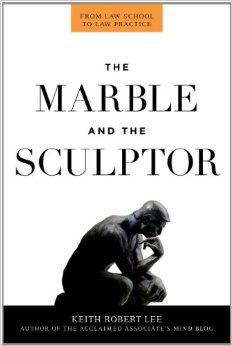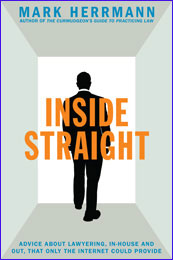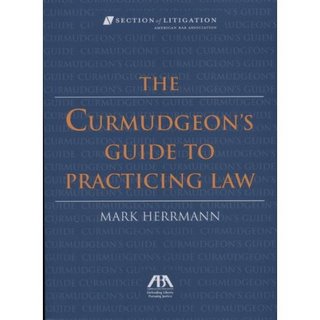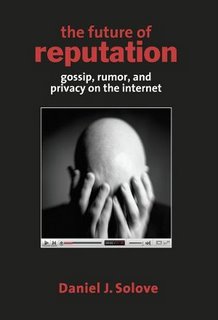 It isn’t until the end of the end of the book, in its summation, that I finally see the words: Carpe diem.
It isn’t until the end of the end of the book, in its summation, that I finally see the words: Carpe diem.
This is the theme, from beginning to end, that Keith Lee uses in his new book The Marble and the Sculptor. Lee, who writes the blog Associate’s Mind, takes readers in short blog-like chapters from law school, its dysfunctional neglect of teaching actual practice, through the struggles of surviving a quickly changing legal environment and places them, hopefully, on the road to succeess.
Given that Lee is himself a young lawyer, you wouldn’t expect such a how-to book. Such things usually come from the graybeards.
But Lee doesn’t just pull it off, he pulls it off well, based on the diversity of his experience before going to law school, and being smart enough to know what he doesn’t know. This is not a book written by some hubris-filled wannabe hot shot, but one written with a sharp observers’ eye to the environment around him.
Lee doesn’t care to hear anyone whine about the difficulties making it in a legal recession. Because all the belly achin’ in the entire world will not bring you to a successful legal practice. He teaches instead to go out and seek your opportunities, and this starts in law school.
See those schoolmates sitting near you in class? You are likely to know them for decades to come and they, in turn are likely to be a source of referral business to you if they believe you are competent. Will wearing a lampshade on your head at the local law school kegger affect how you’ll be viewed by this valuable source of contacts as you go though life?
Lee tackles not only the attorney incubator of law school but, more importantly, the often difficult years of being a young associate — when you know nothing about the practice of law. At that point, you don’t even know how much you don’t know. Or worse yet, you don’t have a job.
Associates, jobs, mentors, dealing with clients, writing, quality, time management, marketing, conducting yourself online and the relentless pursuit of improving your skills, even if you’ve been practicing law for decades, all this and more are covered by Lee.
And Lee tosses in some lessons from martial arts, in the form of Aikido. Just as I occassionaly draw parallels to running, Lee uses his experiences in martial arts to discuss the need to sharpen your skills. Lee, it seems, has spent more than his share of time being introspective, and uses it to full advantage here.
The essence of his book and arguments — although calling this advice on how to navigate the waters of the legal profession an “argument” may be a poor word choice — is that we are the masters of our own destiny, not slaves to the the current economic state of things.
Those who are wondering if they will succeed, or those battling for success, can do something about it. Lee provides some advice and blueprints on how to get there.
I’ve received many books to review that I simply never had the time to read. But I grabbed this one when it came in and I’m glad I did.
Carpe diem.


